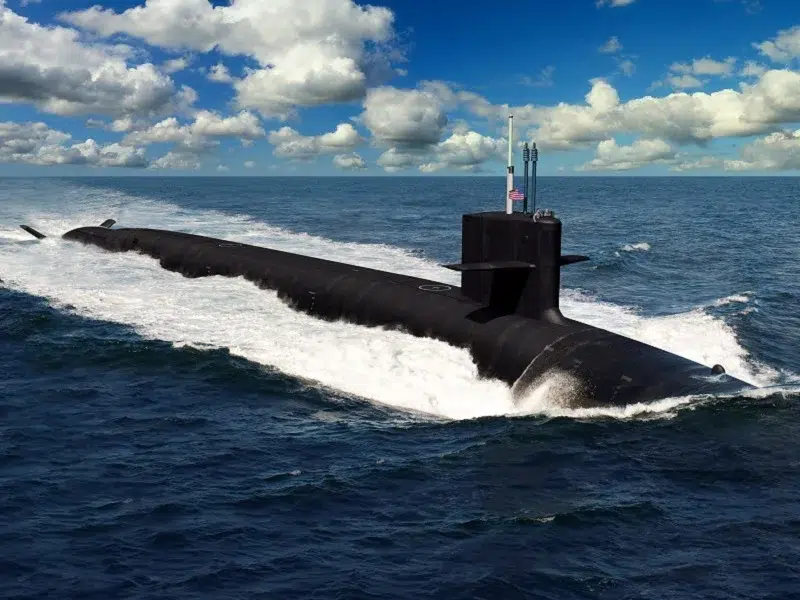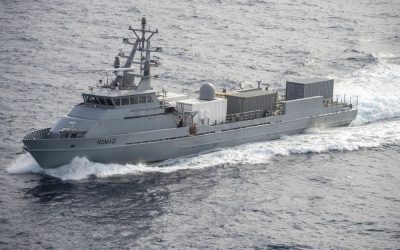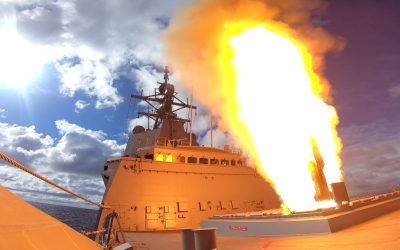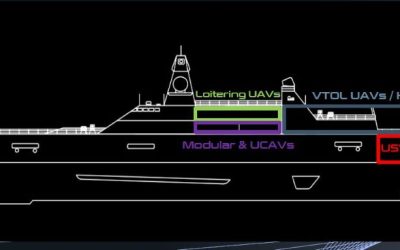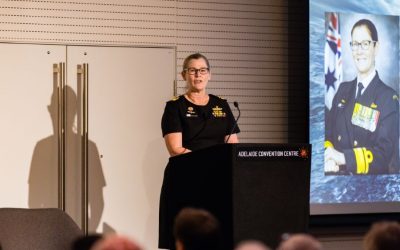General Dynamics Electric Boat conducted a keel-laying ceremony for the first Columbia-class ballistic-missile submarine, USS District of Columbia (SSBN 826) at Quonset Point, Rhode Island, on 4 June 2022.
District of Columbia will be the first of a 12-boat class, which will replace 14 US Navy Ohio-class nuclear-powered ballistic submarines from 2027 onwards. The transition from the Ohio-class ballistic-missile submarines to the new Columbia class will ensure continuous sea-based strategic deterrence into the 2080s.
Admiral Daryl Caudle, Commander, US Fleet Forces Command said: “As every ballistic-missile submarine has since the keel laying of USS George Washington (SSBN 598) at Electric Boat in November 1958, District of Columbia and all the submarines in the new class will serve as the most survivable leg of the nuclear triad.”
Secretary of the Navy Carlos Del Toro said the Columbia class “will be the cornerstone of our strategic deterrence, the ultimate guarantor of our National Security,” noting that strategic ballistic-missile submarines represent approximately 70% of America’s deployed nuclear arsenal.
The US Navy and Electric Boat began conceptual design for Columbia class in 2007. The Columbia class will each have 16 missile tubes, compared to the 24 tubes for submarine-launched ballistic missiles (SLBM) on Ohio-class SSBNs.
However, although the Columbia-class design has fewer SLBM tubes than the Ohio-class design, it is larger than the Ohio-class design in terms of submerged displacement and will be the largest submarine ever built by the US. Its reactor will not require refuelling during the lifetime of the submarine, making it more cost-effective to operate and maximising its deployment. In addition to its complement of missiles, the submarine will be armed with Mk 48 torpedoes.
Twelve rather than 14 Columbia-class boats will meet the requirement for 10 operational units because the midlife overhauls of Columbia-class boats, which will not include a nuclear refuelling, will require less time (about two years) than the midlife refuelling overhauls of Ohio-class boats, which require about four years from contract award to delivery. This means that only two Columbia-class boats (rather than three or sometimes four in the case of the Ohio class) will be in the midst of midlife overhauls or other extended maintenance actions at any given moment during the mid-years of the Columbia-class life cycle.
